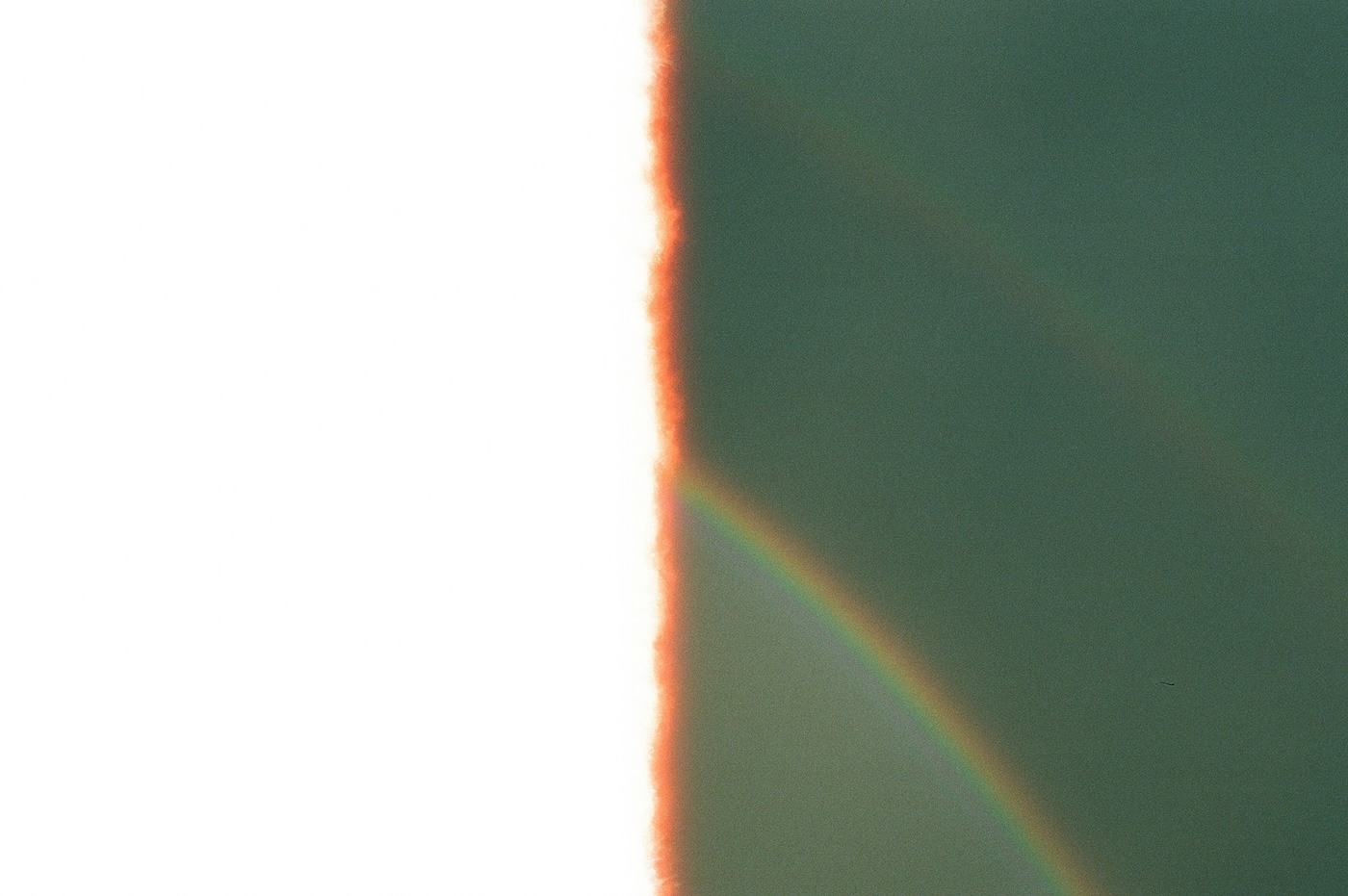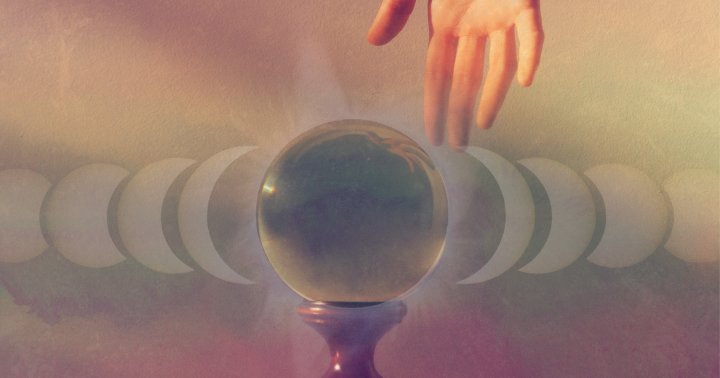The Pure Present
The celebrated teacher and poet on stripping away labels to reveal hidden insights. The post The Pure Present appeared first on Tricycle: The Buddhist Review.

The celebrated teacher and poet on stripping away labels to reveal hidden insights.
By Upasika Kee Nanayon Oct 06, 2024 Photo by weston m
Photo by weston mThe following excerpt is from a dhamma talk given on June 3, 1964.
We have to catch sight of the sensation of knowing when the mind gains knowledge of anything and yet isn’t aware of itself to see how it latches onto things: physical form, feeling, perceptions, thought-fabrications, and consciousness. We have to probe on in and look on our own. We can’t use the teachings we’ve memorized to catch sight of these things. That won’t get us anywhere at all. We may remember, “The body is inconstant,” but even though we can say it, we can’t see it.
We have to focus on in to see exactly how the body is inconstant, to see how it changes. And we have to focus on feelings—pleasant, painful, and neutral—to see how they change. The same holds true with perceptions, thought-fabrications, and so forth. We have to focus on them, investigate them, contemplate them to see their characteristics as they actually are. Even if you can see these things for only a moment, it’ll do you a world of good. You’ll be able to catch yourself: The things you thought you knew, you didn’t really know at all.… This is why the knowledge we gain in the practice has to keep changing through many, many levels. It doesn’t stay on just one level.
So even when you’re able to know arising and disbanding with every moment right in the present: If your contemplation isn’t continuous, it won’t be very clear. You have to know how to contemplate the bare sensation of arising and disbanding, simply arising and disbanding, without any labels of “good” or “bad.” Just keep with the pure sensation of arising and disbanding. When you do this, other things will come to intrude—but no matter how they intrude, it’s still a matter of arising and disbanding, so you can keep your stance with arising and disbanding in this way.
If you start labeling things, it gets confusing. All you need to do is keep looking at the right spot: the bare sensation of arising and disbanding. Simply make sure that you really keep watch of it. Whether there’s awareness of sights, sounds, smells, tastes, or tactile sensations, just stay with the sensation of arising and disbanding. Don’t go labeling the sight, sound, smell, taste, or tactile sensation. If you can keep watch in this way, you’re with the pure present—and there won’t be any issues.
As soon as there’s labeling, thought-fabrications come along with it.
When you keep watch in this way, you’re keeping watch on inconstancy, on change, as it actually occurs—because even the arising and disbanding changes. It’s not the same thing arising and disbanding all the time. First this sort of sensation arises and disbands, then that sort arises and disbands. If you keep watch on bare arising and disbanding like this, you’re sure to arrive at insight. But if you keep watch with labels—“That’s the sound of a cow,” “That’s the bark of a dog”—you won’t be watching the bare sensation of sound, the bare sensation of arising and disbanding. As soon as there’s labeling, thought-fabrications come along with it. Your senses of touch, sight, hearing, and so forth will continue their bare arising and disbanding, but you won’t know it. Instead, you’ll label everything—sights, sounds, etc.—and then there will be attachments, feelings of pleasure and displeasure, and you won’t know the truth.
The truth keeps going along on its own. Sensations keep arising and then disbanding. If we focus right here—at the consciousness of the bare sensation of sights, sounds, smells, tastes, and tactile sensations—we’ll be able to gain insight quickly.…
If we know how to observe things in this way, we’ll be able to see easily when the mind is provoked by passion or greed and even more easily when it’s provoked by anger. As for delusion, that’s something more subtle… something you have to take a great interest in and investigate carefully. You’ll come to see all sorts of hidden things—how the mind is covered with many, many layers of film. It’s really fascinating. But then that’s what insight meditation is for—to open your eyes so that you can know and see so that you can destroy your delusion and ignorance.
♦
From An Unentangled Knowing: The Teachings of a Thai Buddhist Lay Woman by Upāsikā Kee Nanayon (K. Khao-suan-luang). Translated by Ṭhānissaro Bhikkhu, © 1995 by the Khao Suan Luang Dhamma Community. This book is available for free at dhammatalks.org
![]()
Thank you for subscribing to Tricycle! As a nonprofit, we depend on readers like you to keep Buddhist teachings and practices widely available.

 Hollif
Hollif 


























![Is Your SEO Strategy Built for the AI Era? [Webinar] via @sejournal, @hethr_campbell](https://www.searchenginejournal.com/wp-content/uploads/2025/07/6b-240.png)





